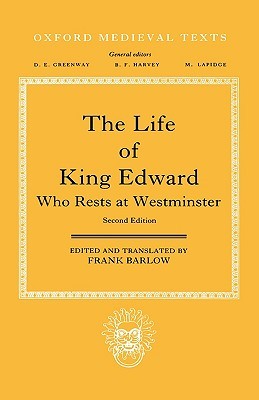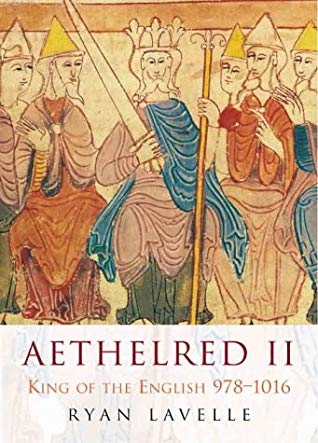
Scene from the Bayeux Tapestry.
The year 1066 was one of those rare years in which England had three kings. It began with Edward the Confessor as their sovereign and ended it with William the Conqueror. Between them was Harold Godwinson, the son of the Earl Godwin and the contested inheritor of the throne when Edward died in January. Forced to defend his throne, he succeeded in repelling an assault by a Norwegian, Harald Hardrada, only to be defeated by the Normans at the battle of Hastings and killed in combat.
In the years following his victory, William engaged in an extensive propaganda campaign designed to discredit Harold and the legitimacy of his claim to the throne. With so few contemporary records of Harold – and with little benefit to be gained by deviating from the royal line – is it unsurprising that there is not much in the way of materials about Harold’s reign on which to base a biography, and much of that is presented to portray him in the worst possible light.
Nevertheless, there are three authors who have used what is available to provide readers with modern biographies of Harold. These I plan to read in reverse chronological order, starting with Peter Rex’s 2005 book Harold II: The Doomed Saxon King. After reading his biographies on Edgar and Edward, I’m excited to read his take on Harold, which if it measures up to his earlier works will be both revealing and well-written.
After that I will turn to Ian Walker’s Harold: The Doomed Anglo-Saxon King. This predates Rex’s book by nearly a decade, and looks to be as much of an extensively researched analysis of Harold’s life and reign as Rex’s. The comparison between the two should prove interesting.
The last biography of Harold I will read is Piers Compton’s Harold the King, which was originally published in 1961. A prolific author, Compton write this book at a time when few historians were interested in studying Harold’s reign Compton undertook a biography that remained the only modern work on him for the next thirty-five years. I’m curious to see the result, as well as learning why Compton was inspired to write about him.







